Jade artifacts shed light on Zhou Dynasty culture
Writer: Cao Zhen | Editor: Zhang Chanwen | From: Original | Updated: 2024-06-05
Jade, a kind of beautiful stone revered by the Chinese as a reflection of the essence of mountains and rivers, is a product of millennia-long natural processes. Renowned for its exquisite beauty and the meticulous craftsmanship involved in its creation, jade symbolizes purity and nobility in traditional Chinese culture.

Jade objects from the Shang and Zhou dynasties and earlier periods are on display at Nanshan Museum. Photos by Cao Zhen
Beyond its aesthetic appeal, this stone holds significant importance in ancient Chinese rituals, chosen by rulers as ceremonial objects.
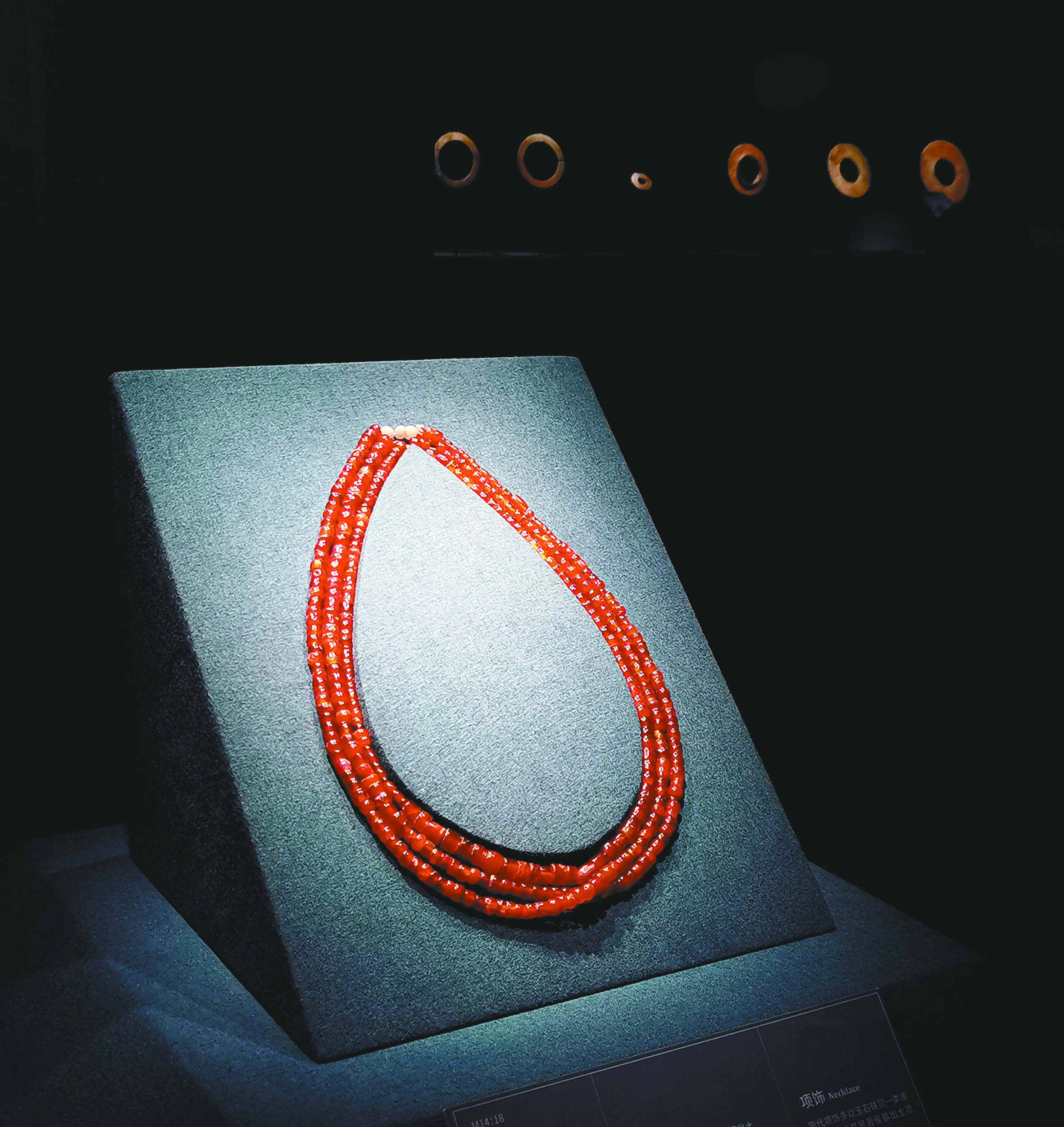
A red agate object from the Shang Dynasty (1600-1046 B.C.).
In the intricate tapestry of China’s jade history, artifacts from the Zhou Dynasty (1046-256 B.C.) stand out for their material selection, distinctive shapes, and elegantly smooth patterns.
A newly opened exhibition, titled “Timeless Beauty: A Showcase of Zhou Dynasty Jade Artifacts Unearthed in Shanxi,” at the Nanshan Museum, presents a collection of 113 jade treasures, offering a glimpse into the beliefs, artistic sensibilities, and artisanal expertise of a civilization that thrived over two millennia ago.
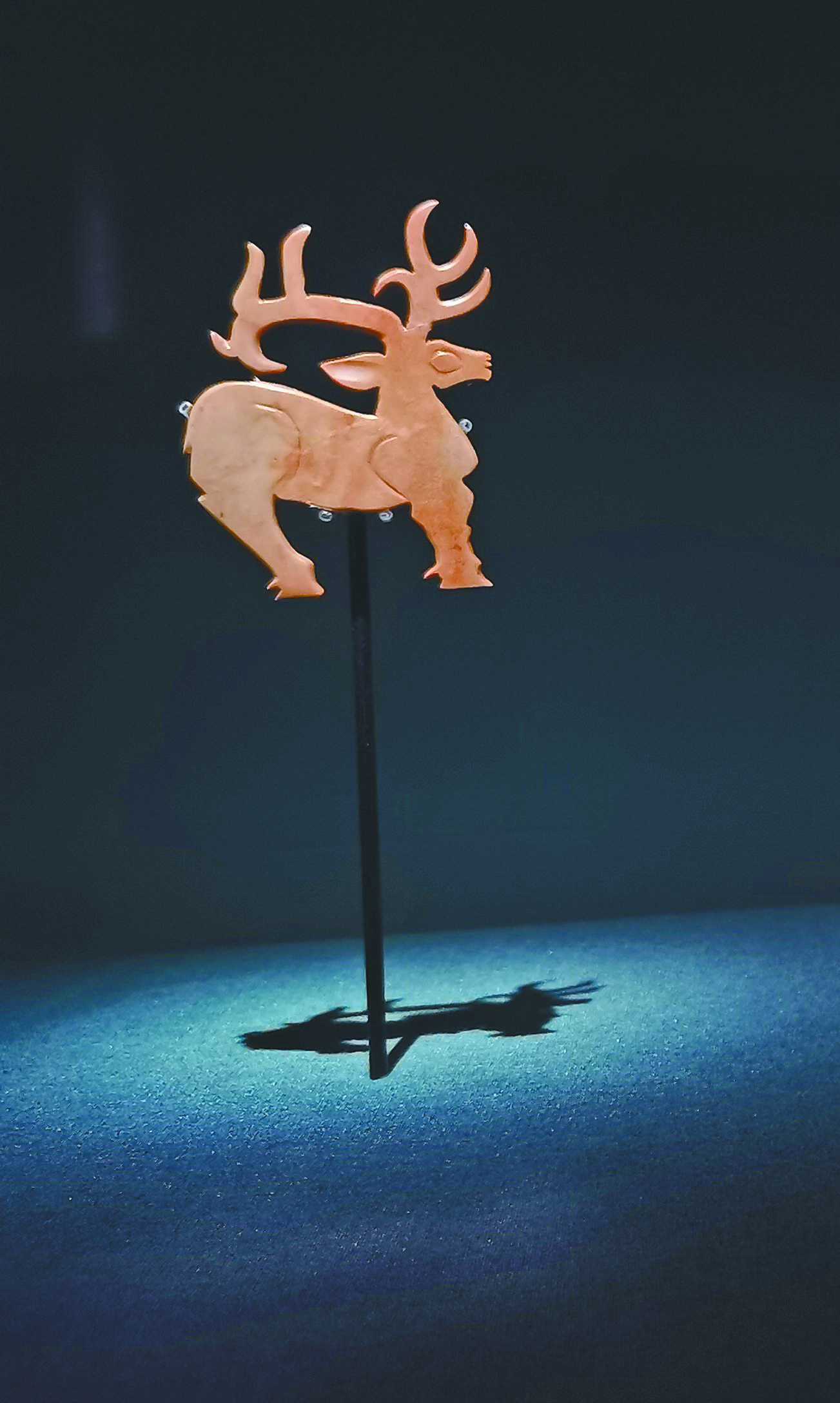
A jade deer from the Zhou Dynasty.
The exhibited artifacts serve various functions, including ceremonial, ritualistic, funerary, pendant, ornamental, and decorative purposes, reflecting the diverse facets of the Zhou Dynasty life. As spectators marvel at the various shapes and intricate designs of the jade artifacts, they are not only treated to a visual feast but also granted a deeper insight into the profound and expansive realms of Chinese civilization.
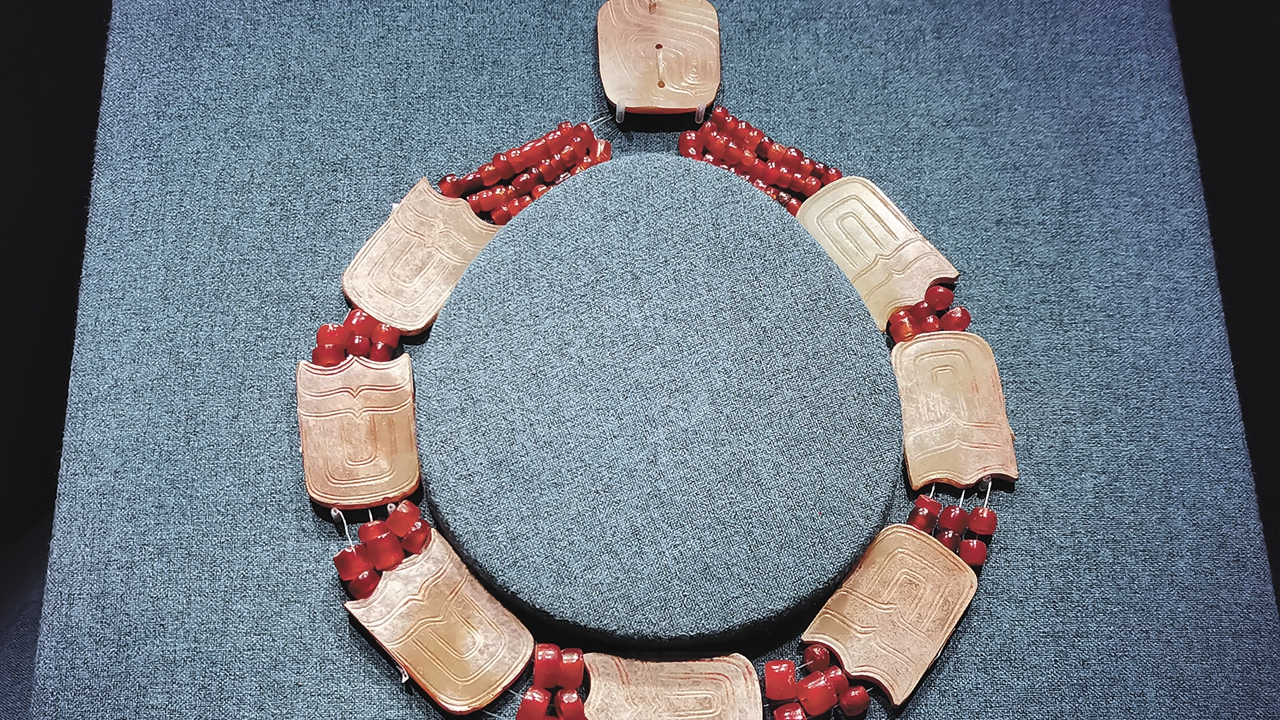
A jade beaded pendant set from the Western Zhou Dynasty (1046-771 B.C.).
Archaeological discoveries have found numerous dazzling Zhou Dynasty remains in Shanxi Province where there were many feudal states during the dynasty. The Zhou people, in inheriting and evolving the tradition of jade from their predecessors, imbued these artifacts with rituals, thus establishing a distinctive jade culture.
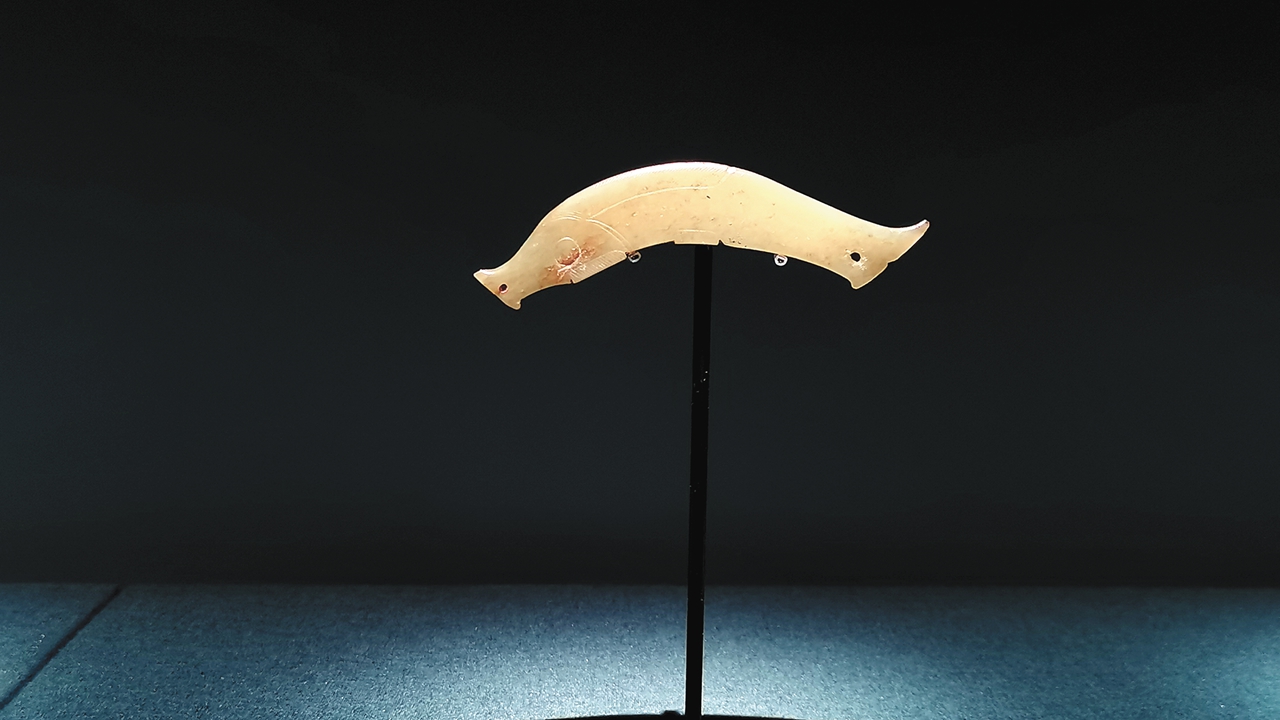
An arc-shaped jade fish from the Westerm Zhou Dynasty.
Detailed descriptions in English and Chinese provided in the exhibition outline the various forms and functions of jade objects in ancient China. Through these descriptions, visitors are offered a comprehensive insight into the unique jade culture that defined this illustrious period in Chinese history.
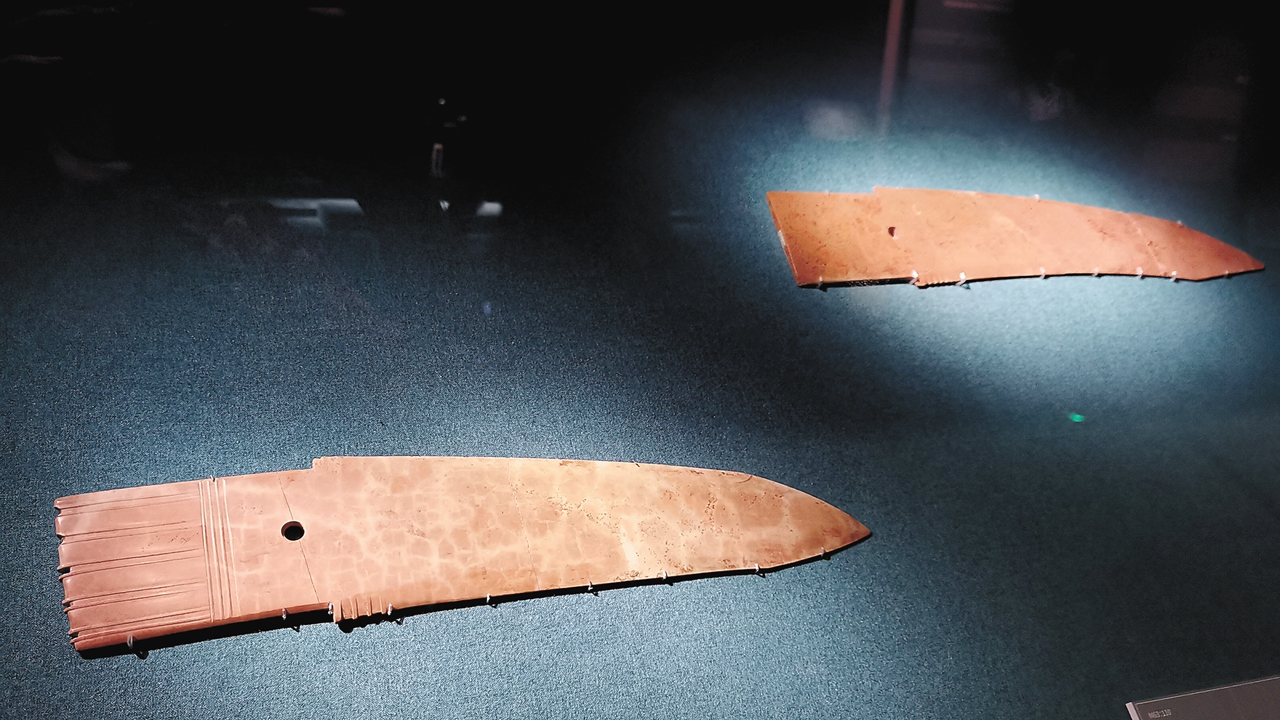
Jade objects from the Shang Dynasty.
Dates: Until Sept. 1
Tickets: Free
Venue: Nanshan Museum, Nanshan District (南山博物馆)
Metro: Line 1 or 12 to Taoyuan Station (桃园站), Exit B